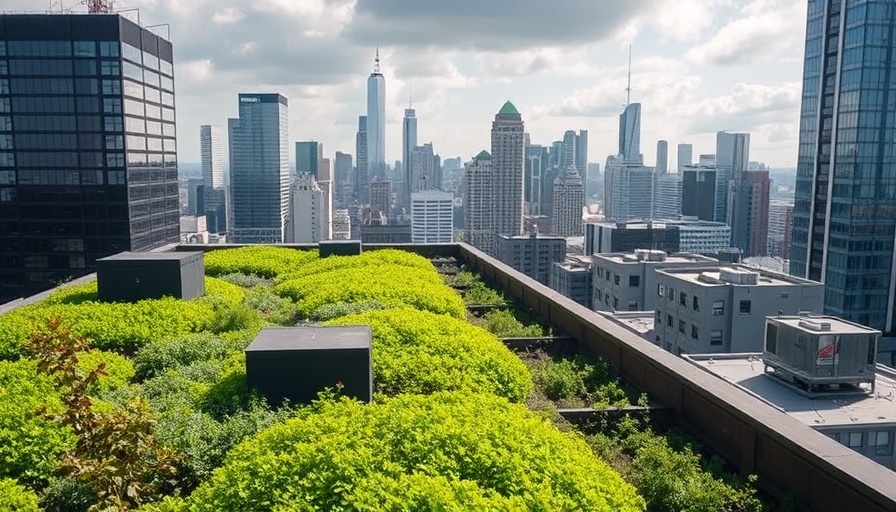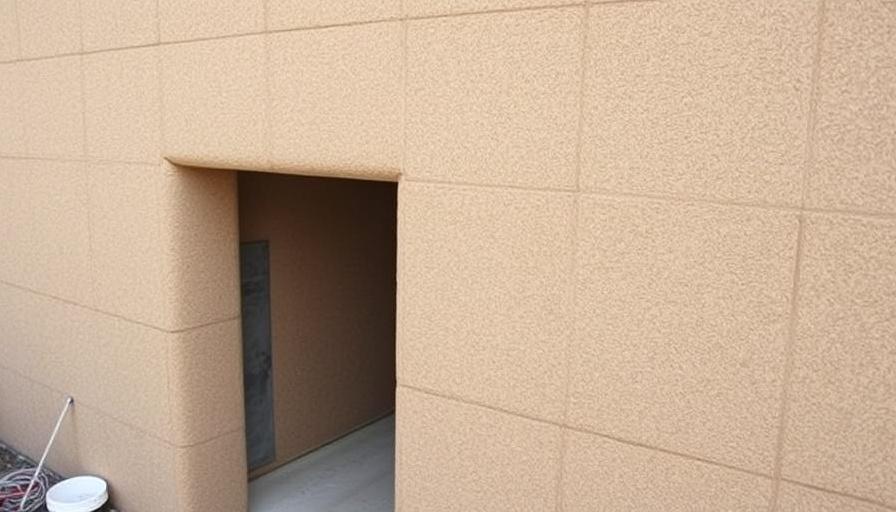
Unleashing Creativity: Selecting a Perfect Name for Your Boy Cat
Naming a pet can be a delightful yet daunting task. With the vast array of options available, how do you choose the right name for your new feline friend? For those navigating the world of boy cat names, having a helpful guide can make all the difference. Inspired by the growing trend of pet naming, this article will explore effective naming tips and introduce categories that might just spark your inspiration.
Why Pet Names Matter: A Reflection on Long-term Commitment
Your cat's name is not just a label; it impacts how you interact and bond with your furry companion over the years. Cats can live up to 15 years or more, so it’s worth spending time choosing a name that resonates with both you and your pet. Consider timeless names instead of trendy ones. After all, would you still want to call your cat 'TikTok' a decade from now?
Making Names Work: Testing and Adapting
One illuminating tip is to test out names before fully committing. If you’re torn between a couple of names, try them for a few days. Cats are intuitive and can quickly learn to associate their name with positive interactions. For instance, if your kitty seems to respond well to "Mittens," then why not stick to it? Flexibility can lead to finding that perfect match!
Categories to Inspire: Finding the Right Fit
As you search for inspiration, consider these common categories for names. Food names like "Ziti" or "Queso" can add a playful vibe, while celebrity names such as “Jon Bon Jovi” might provide a fun twist. Mixing and matching can yield unexpected but meaningful results. If you’ve got a sweet and delicate cat, perhaps a name inspired by a color might be the perfect fit. After all, reflecting your cat’s personality is what naming is all about!
Popular Trends: Keeping It Fresh in Pet Naming
Awareness of current naming trends also plays a role in choosing the right name. Many cat owners prefer to avoid common names that might lead to confusion in a multi-pet household. Recent data revealed the top boy cat names for 2025; these include classics like “Max” and “Oliver,” yet also provide a whimsical glimpse into more unique naming choices.
Overall, remember that choosing a name should be a fun and engaging process. Your connection with your cat will deepen as you refer to them by the name you’ve lovingly selected. So take your time, have fun, and let your creativity shine. And who knows? Your new furry friend may inspire a name that’s entirely its own!
 Add Row
Add Row  Add
Add 




Write A Comment